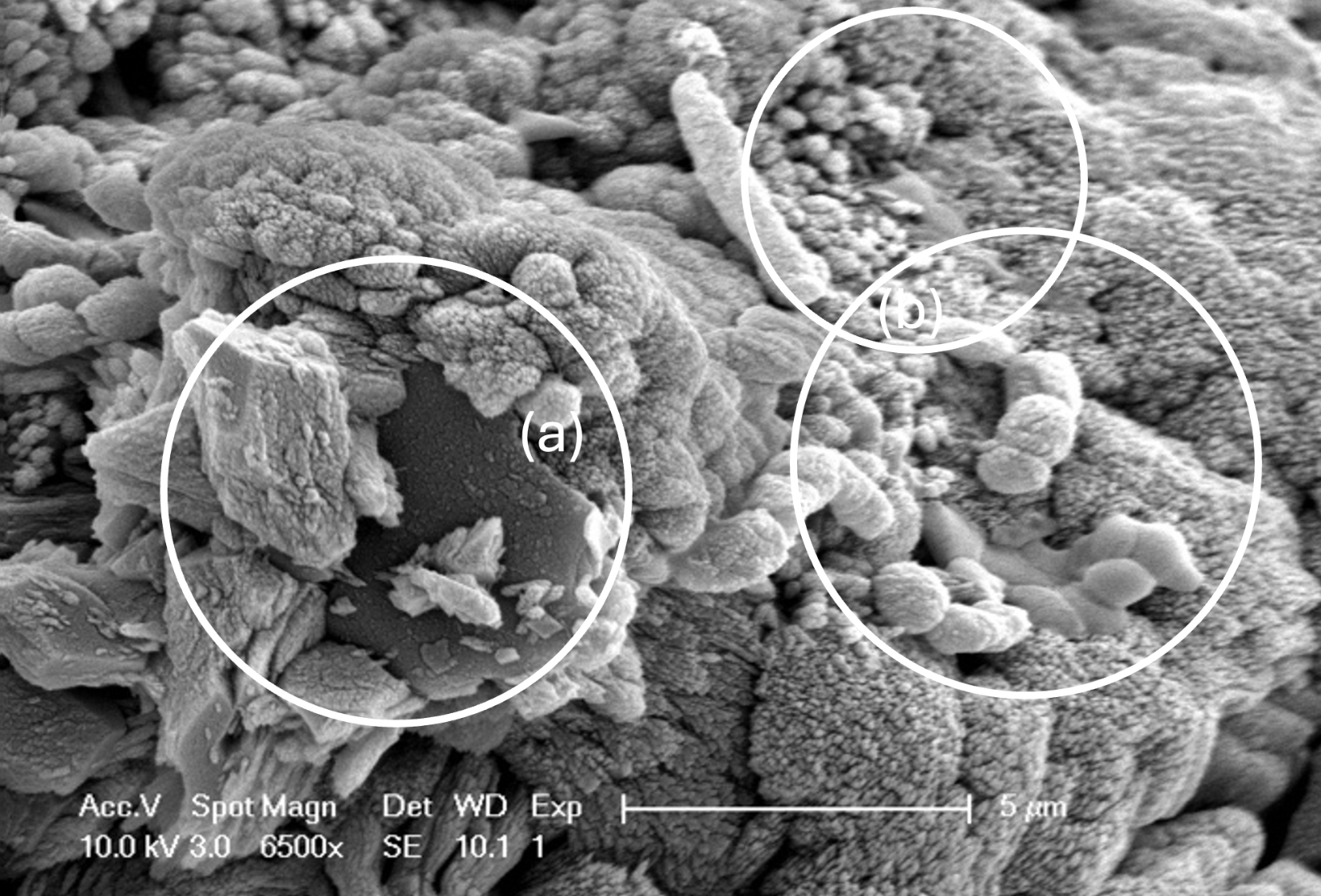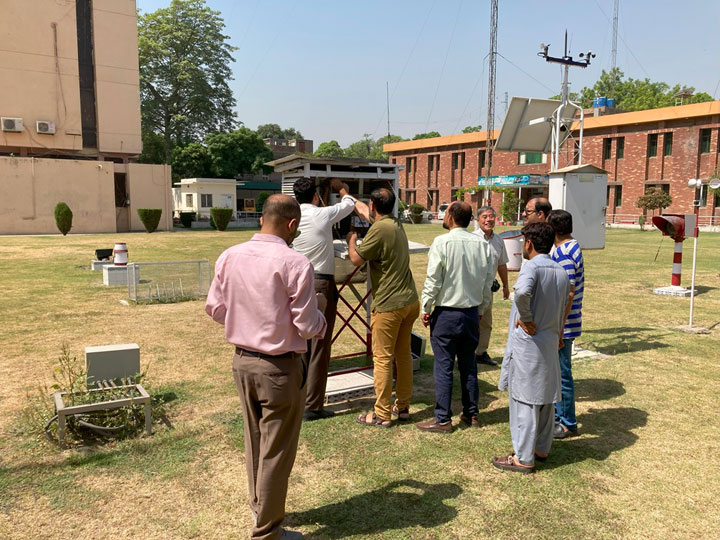2025-01-10 スイス連邦工科大学チューリッヒ校
<関連情報>
- https://ethz.ch/en/news-and-events/eth-news/news/2025/01/sustainable-building-components-create-a-good-indoor-climate.html
- https://www.nature.com/articles/s41467-024-54944-1
3Dプリントされた超吸湿性建築部品による低炭素な室内湿度調整 Low-carbon indoor humidity regulation via 3D-printed superhygroscopic building components
Magda Posani,Vera Voney,Pietro Odaglia,Yi Du,Anastasija Komkova,Coralie Brumaud,Benjamin Dillenburger & Guillaume Habert
Nature Communications Published:10 January 2025
DOI:https://doi.org/10.1038/s41467-024-54944-1

Abstract
Indoor humidity can significantly impact our comfort and well-being, often leading to the use of mechanical systems for its management. However, these systems can result in substantial carbon emissions and energy precarity. This study offers an alternative: using low-carbon materials that naturally buffer moisture to passively regulate the indoor humidity. A geopolymer composite incorporating industrial waste is implemented via binder jet 3D printing technology. The superhygroscopic nature of the material, combined with the optimal geometry of 3D-printed components, unlocks remarkable potential for passive humidity regulation, achieving a moisture buffering value over 14 g·m⁻²·%RH⁻¹. The use of 3D-printed, geopolymer tiles for surface finishing in a library hosting 15 people was shown to improve annual indoor hygrometric comfort by up to 85%, a performance inconceivable with conventional materials and techniques. Additionally, the environmental impact of these tiles is significantly lower than that of a conventional dehumidification system. This study paves the way for merging highly hygroscopic, low-carbon materials with advanced manufacturing techniques to regulate indoor humidity levels and reduce our dependency on mechanical systems.



